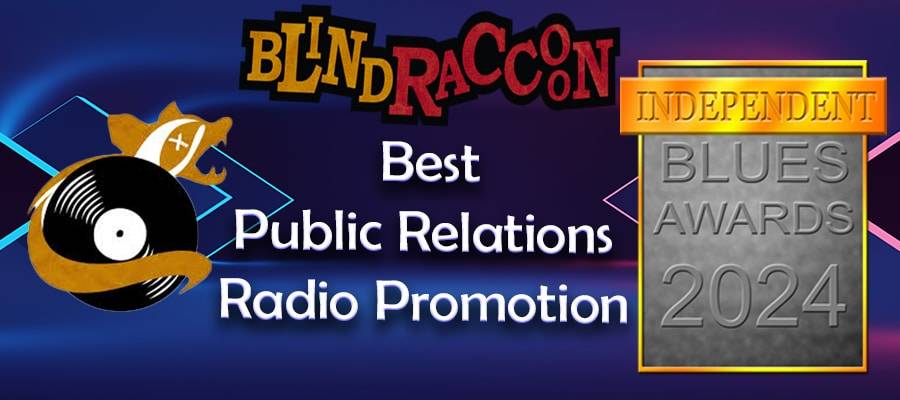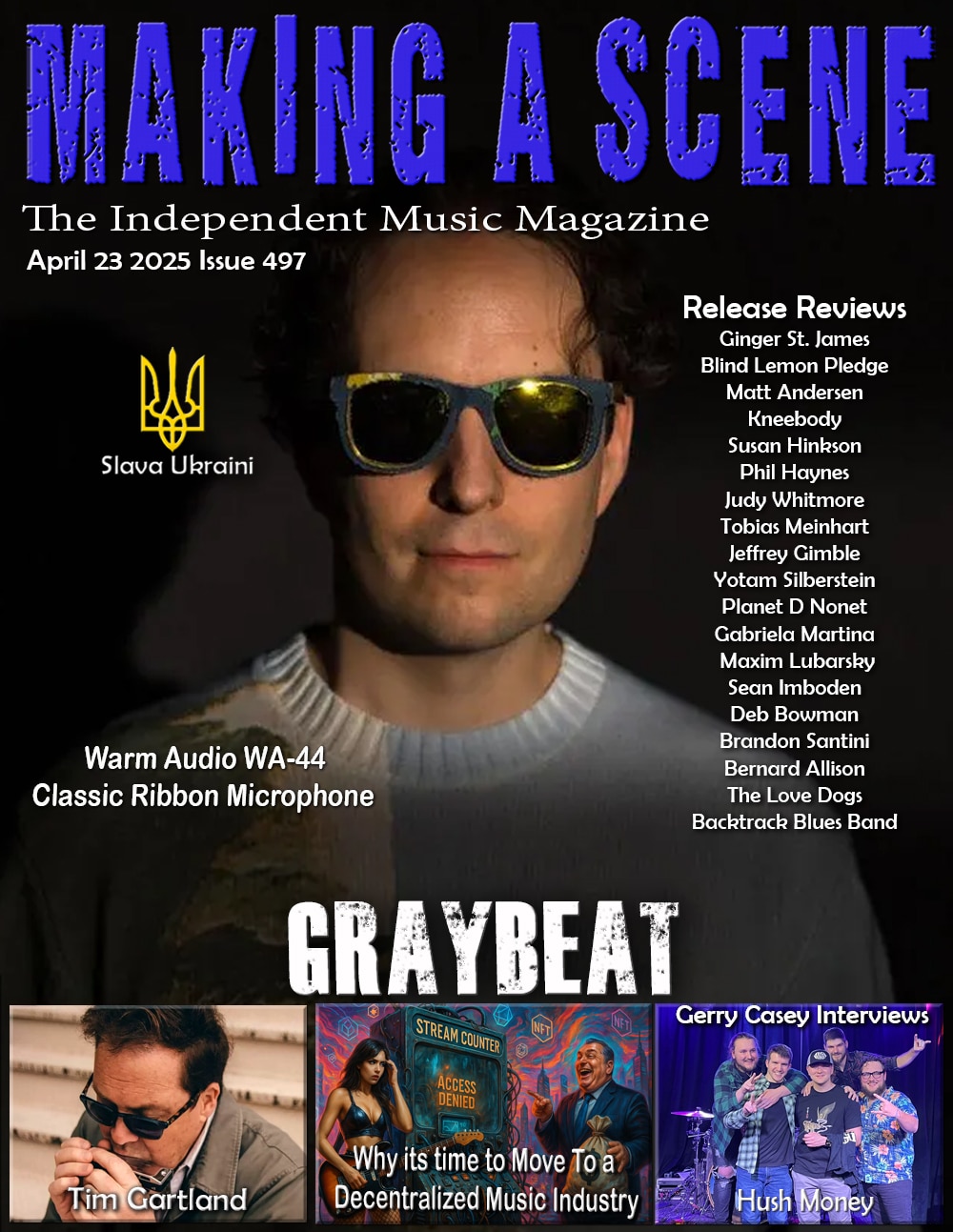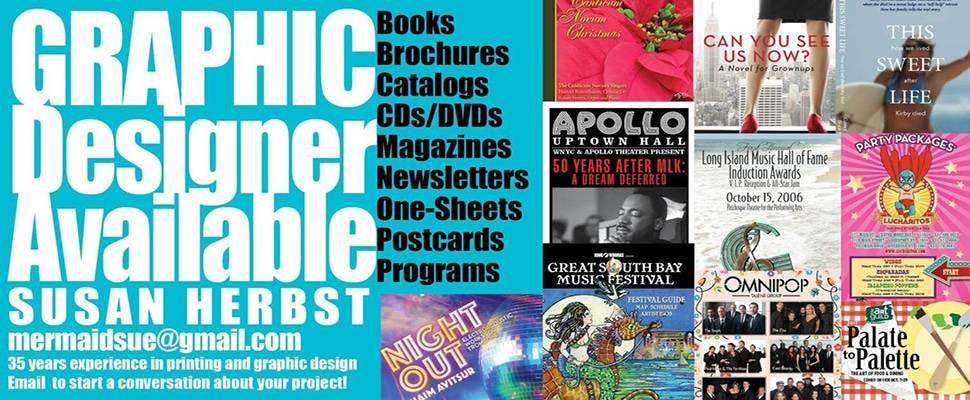Top 5 IK Multimedia Plugins
Top 5 IK Multimedia Plugins

We all have our favorites, and in this post I want to share my top 5 from IK Multimedia! Let’s countdown, starting from number 5.
5. Master EQ 432
The right amount of the right eq on the master bus can really bring your mix to life. Whether you’re mixing through the 432 as part of a top down approach, using it to finalize the mix, or using it for mastering, the 432 is a great choice! The eq curves offer gentle precision without adding color.
The Master EQ 432 is an emulation of the Sontec 432, which is considered by many to be the “holy grail” of mastering eq’s. The hardware version is made in a limited run, and are quite expensive. This is why developers such as IK and Acustica have modeled the Sontec. Here’s a video from Streaky Mastering showing an A/B comparison between a hardware Sontec and the IK Master EQ 432. The results are pretty close to one another, which makes the Master EQ 432 a no brainer.
Buy Master EQ 432 Here
4. Amplitube 4
Getting realistic amp tones in the box has been possible for a while now, and Amplitube was one of the early pioneering platforms that helped move that needle. Today Amplitube 4 offers literally everything you could ever need from an amp modeler. My first introduction to Amplitube was version 3, which I expanded using the metal pack. I’ve not looked back.
Not only can you recall models of your favorite amp’s preamp sections, you can also mix and match them with different power amp sections and different amp eq sections. You can really customize your tone options in ways that would not be possible in the real world without some serious soldering skills. Some of my favorite models are the 360Bass Preamp, Mark IV Boogie, B-15R Ampeg Portaflex, and Metal Lead V. These are great amps for a wide variety of rock, metal, and bass tones.
Add to the package a wide variety of pedals, which you can place either before or after the preamp, a customizable cabinet section with a wide variety of micing options, and a rack effects section that can also be placed before or after the preamp. It’s very easy to customize your tone at every possible stage of the process, just like it would happen in a real studio situation, and you never have to leave the box!
Buy Amplitube 4 Here
3. MODO BASS
I’ve tried several sample based bass instruments. None of them came even remotely close to sounding as real as MODO BASS. Continuing IK’s tradition of pushing the envelope, MODO BASS isn’t based on samples. Instead, it actually synthesizes the sounds based on the parameters you set. You can choose from many different bass body types, pickup types, pickup position, string types, string gages, string age, string action, playing style, amount of strings…you’re basically creating the perfect bass to suit your needs! You can dial in just the right amount of string noise for realism, or you can keep that to a minimum if you don’t want it. I never really thought about how string action can change the tone of an instrument before MODOBASS.
At first I started by building the basses I’d always coveted. Being a rock musician, this was a Firebird with heavy gage brand new round wound strings, low action, active pickups, played with fingers. It turned out the tone I was after required some tweaking of the instrument, and I wound up using the bass body based on the Yamaha TRB5P 5 String bass. MODO BASS really helps drive home how drastically bass body types can change the tone of the instrument, which I already knew, but there’s something cool about being able to A/B different bodies on the fly using MODO BASS that brings those differences front and center. I also wound up using a pick instead of fingers, higher action, older strings, and passive pickups. This gave me the tone I was after for the song, which surprised me because I figured I’d find it in the Thunderbird!
MODO BASS single-handedly replaces all bass sample based instruments for me. I’ll never reach for another bass sample instrument again as long as I have MODO BASS. I know that’s quite a claim, but it’s an honest claim. Try it for yourself and see why!
Buy MODO BASS Here
2. Mic Room
There’s only one word I can use to describe Mic Room.
Amazing!
This would be a pretty boring post if I left it there, so let’s dive further. Mic Room takes the frequency profile of one microphone and lets you swap it for the frequency profile of another. While it doesn’t include every mic, it includes many popular mics. Odds are, you’ve got an SM57 lying around or a 421. Imagine, if you will, swapping that SM57 you used on that guitar cab for a Royer 121 ribbon to get a meatier tone! That’s exactly what I do in this video.
Another cool use of Mic Room is the Proximity control. This is great for drums, because proximity effect changes the amount of naturally occuring low end your mic pics up. If you wanted more beef out of your 441 you used on a snare drum, but couldn’t really get the 441 closer to the snare to pick it up naturally, you can set the source and target mics both to 441’s and turn up the proximity knob to add meat by enhancing the proximity effect of the mic! How cool is that?!
Buy Mic Room Here
1. ARC 2.5
Monitoring is the most important element in your mixing environment. If your monitoring is not giving you an accurate picture of the audio you’re listening to, you may run into problems without realizing it. This is why I’m a proud Arc 2.5 user, and have been for years now!
The difference this made in my mixes was literally night and day. My ears began to pick up much more easily on minor details that I wasn’t getting out of my monitoring before, and my ears actually improved because that mask was removed. I’m now able to hear extremely subtle details even in my car that I wasn’t aware of before, thanks to Arc 2 correcting the response of my room and allowing my ears to actually hear them.
Arc takes a little bit of setup, but anything this important is worth taking the time to get right. Grab a tape measure, and take your time. The results will speak for themselves.
Buy ARC 2.5 Here

Discover more from Making A Scene!
Subscribe to get the latest posts sent to your email.



















































